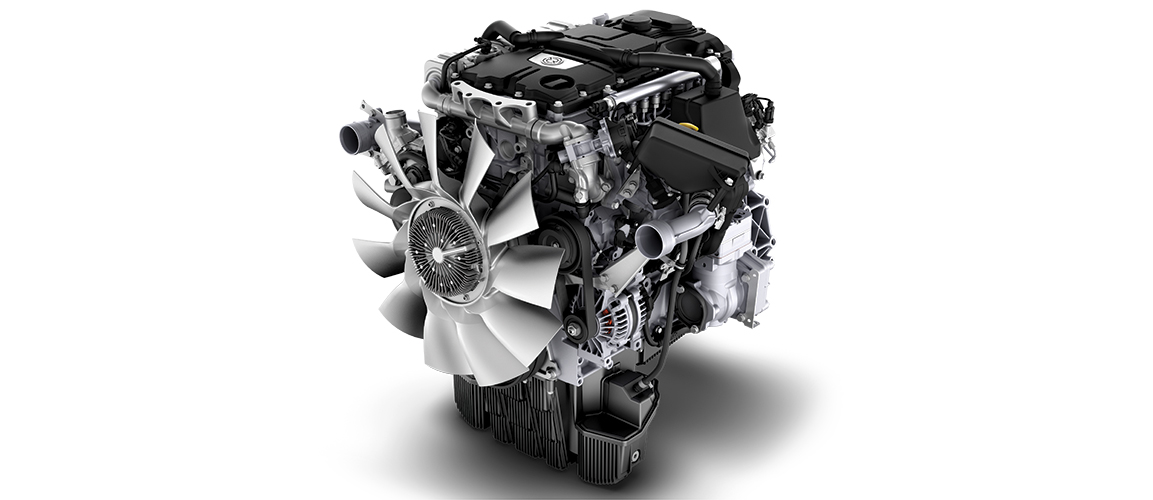The Pursuit for Ultimate Driving Power: Examining the Peak of Engine Efficiency and Technological Developments in the Automotive Sector
In the world of auto engineering, the pursuit of maximum driving power has been a relentless mission that has unravelled with the evolution of engine style and the assimilation of innovative technologies. From the meticulous craftsmanship of burning engines to the fast improvements in electric propulsion systems, the vehicle industry stands at the cusp of a new period defined by extraordinary performance capacities.
Advancement of Engine Style

Furthermore, the assimilation of turbocharging and supercharging modern technologies has actually reinvented engine layout by boosting power without dramatically boosting engine dimension. These forced induction systems press the intake air, permitting more gas to be ignited, consequently producing better power result from a smaller engine. This development has been particularly important in improving the performance of smaller sized displacement engines while maintaining gas efficiency requirements.

Performance-Enhancing Gas Technologies
The application of innovative fuel innovations has dramatically contributed to boosting engine performance in modern cars. Biofuels, acquired from sustainable resources like algae, sugarcane, or corn, deal minimized exhausts and boosted engine effectiveness. Furthermore, fuel additives and detergents are being developed to clean engine components, enhance burning, and decrease friction, thus enhancing overall automobile efficiency.
Innovations in Electric Propulsion
Significant strides in electrical propulsion innovation have actually revolutionized the auto market, leading the way for a new era of efficient and lasting transportation. Electric vehicles (EVs) are getting popularity due to their ecological advantages and developments in battery technology, allowing longer driving ranges and much shorter charging times. Manufacturers are spending heavily in r & d to enhance the efficiency of electrical propulsion systems, concentrating on enhancing power outcome, boosting energy performance, and minimizing total weight.
One significant breakthrough in electrical propulsion is the development of sophisticated electrical motors that provide higher torque and power density, resulting in boosted acceleration and overall driving performance. Furthermore, regenerative braking systems have been fine-tuned to store and catch energy throughout deceleration, further increasing the effectiveness of EVs.
Moreover, the combination of wise modern technologies, such as expert system and predictive analytics, is maximizing the monitoring of electric propulsion systems, guaranteeing optimum performance under different driving conditions. These developments in electrical propulsion are improving the auto landscape, driving the sector towards a much more lasting and electrified future.
Influence of Computational Fluid Dynamics
With improvements in electrical propulsion pressing the limits of automotive innovation, the assimilation of Computational Fluid Characteristics is playing a crucial role in optimizing aerodynamic efficiency and boosting general performance in car layout. Computational Fluid Characteristics (CFD) involves making use of computer system simulations to examine the flow of air around a lorry, allowing designers to site anticipate exactly how design adjustments will impact the rules of aerodynamics without the need for expensive physical prototypes. By accurately modeling air flow patterns, CFD permits the improvement of automobile forms to reduce drag, improve cooling, and improve security.
One trick benefit of utilizing CFD in car layout is the capacity to repeat rapidly, exploring numerous layout variations to identify the most aerodynamically efficient solutions. This repetitive process results in cars that are not only sleeker and much more aesthetically appealing however additionally more fuel-efficient and eco friendly. CFD allows engineers to enhance air flow around elements such as radiators, engine bays, and wheel wells, adding to improved efficiency and total driving experience. In final thought, the integration of Computational Liquid Dynamics represents a substantial advance in the pursuit for best driving power and performance in the automobile industry.
Future Patterns in Engine Innovation
In the dynamic landscape of automotive design, innovative developments are shaping the future trajectory of engine innovation. The future of engine style is marked by a strong emphasis on efficiency, sustainability, and performance. Suppliers are significantly concentrating on developing engines that not only provide high power outputs but additionally focus on ecological duty by decreasing exhausts and boosting fuel performance.
One famous pattern in engine advancement is the rise of electrification. Hybrid and electrical powertrains are getting grip as viable options to conventional combustion engines. These modern technologies use the capacity for significant decreases in carbon emissions and boosted power efficiency, straightening with worldwide initiatives to battle climate modification.
Moreover, innovations in products scientific research and production strategies click here to read are making it possible for the manufacturing of lighter and a lot more sturdy engine elements. This shift towards lightweight materials such as carbon fiber and aluminum alloys adds to boosted efficiency and fuel economy.
Conclusion
In verdict, the search of ultimate driving power in the vehicle market continues to drive advancements in engine design, gas modern technologies, electrical propulsion, and computational liquid dynamics. The development of these technologies is forming the future of engine innovation, leading the way for much more powerful and reliable lorries (engines for africa). As the industry remains to press the borders of what is feasible, we can expect to see much more groundbreaking growths in the mission for peak efficiency
One of the vital milestones in engine layout advancement is the change from typical carbureted engines to contemporary fuel-injected systems. By precisely metering the gas shipment to each cyndrical tube, fuel-injected engines optimize combustion, resulting in better efficiency and reduced ecological influence.
Moreover, the integration of turbocharging and supercharging innovations has actually revolutionized engine layout by boosting power without considerably enhancing engine dimension (engines for africa).The execution of advanced gas innovations has actually substantially added to enhancing engine efficiency in modern cars. see this here In addition, fuel ingredients and detergents are being developed to tidy engine parts, enhance burning, and decrease friction, consequently boosting general lorry efficiency